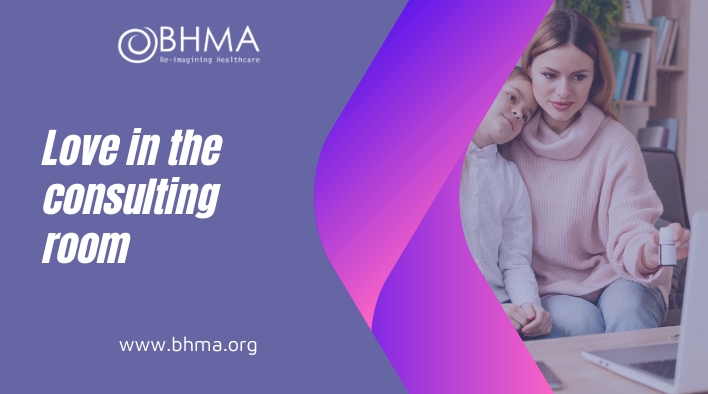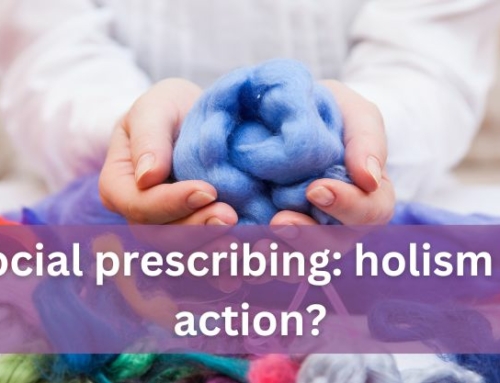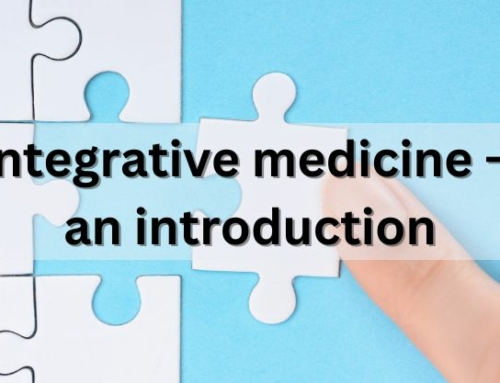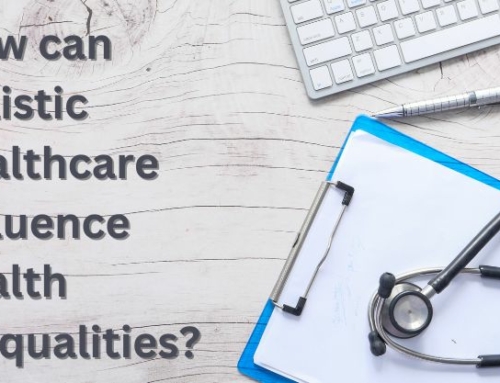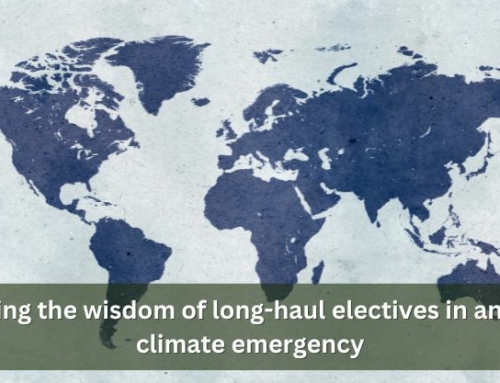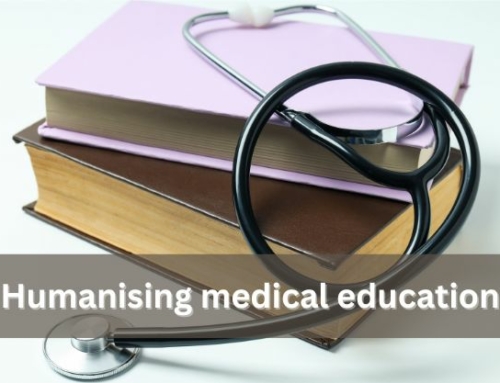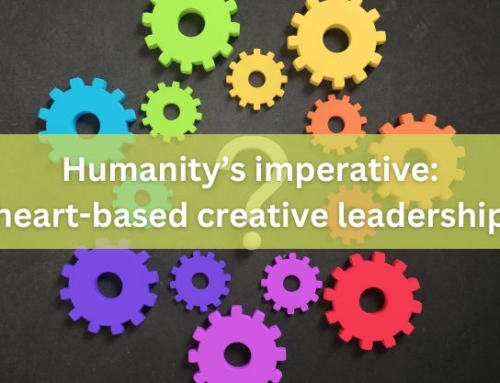Love in the consulting room
William House, Retired GP; Chair of the BHMA
Published in JHH16.2 – Faith, hope and love for healthcare
Over my 30 years as a general practitioner I grew to love my patients. It made no difference how easy or difficult they were, the feeling of loving attachment felt on another plane – a sort of nourishment. It is only since retiring 10 years ago that I have had the mind-space to muse about this. Medical literature has little (perhaps nothing) to say about love! So what I learned about this sort of bond that I am calling ‘love’ came purely from my conversations with the patients. This sort of knowledge is hard to explain.
However, since finishing as a GP, I have read many books and my eyes have been opened. The most useful book has been Iain McGilChrist’s profound and learned work, The Master and his Emissary (2010). It is long and hard work to read, but fascinating and worth the effort. He writes in the acknowledgements that the book’s gestation and birth took 20 years and I’m not surprised by that. So I will use mostly my learning from this book to give you a brief glimpse of my experience of love in the GP consulting room. Actually, McGilChrist hardly mentions love and there is no entry for it in the index (likewise faith and hope). Instead, his recurring theme is the nature of relationship, and he exemplifies this through an in-depth and wide-ranging examination of the relationship between the two hemispheres of the human brain. He goes on to show how this has moulded human culture. The radical differences between the two halves of the human brain have been intensively researched and widely recorded. McGilChrist’s thesis is contested, but I find it powerfully evocative of my own experience over many years. So here goes!
McGilChrist’s title for this book signifies a caricature of the hemispheres’ differing ‘personalities’. For McGilChrist, the master is the right side of the brain and the emissary is the left. They differ profoundly. Here McGilChrist uses the quality of attention to characterise one important aspect of this difference:
the right hemisphere pays attention to the Other, whatever exists apart from ourselves, with which it sees itself in profound relation. It is deeply attracted to, and given life by, the relationship, the betweenness, that exists with this Other. By contrast, the left hemisphere pays attention to the virtual world that it has created, which is self-consistent, but self-contained, ultimately disconnected from the Other, making it powerful, but ultimately only able to operate on and know itself
So the right hemisphere looks outwards and the left looks inwards. In the context of the GP’s surgery, the doctor’s right hemisphere will be primarily interested in the patient as person and crucially, the ‘betweenness’, that exists in the room: an emphasis on relationship. Meanwhile, the doctor’s left hemisphere may be thinking in a rational way about diagnosis, about what a blood test or x-ray may show, or what medication might help. The patient easily becomes a container for these medical speculations within the doctor’s mind.
I last practised medicine 10 years ago, but I gather that there is ever more pressure towards the left brain mode – measurements, tests, relentless categorisation and strict protocols. These are likely to define the relationship in quite a different way to the right hemisphere’s ‘betweenness’. This long-term drift to the left is coupled with the perception of medicine as a hard science and as a driver of the economy. For the individual doctor, seeking this illusive certainty in an uncertain and punitive world is damaging to morale. Few come out of this well. So how can we bring the loving back?
Beauty lies in the coming to rest of opposites, that have been sharply distinguished, in the connectedness of a harmonious unity
The quotation above neatly contains three elements of a productive, lively and loving human relationship. First the ‘opposites’. Nature thrives on the energy and variety that emerges when ‘sharply distinguished opposites’ are in relationship. In many ways this defines the world as we know it, not least, the two hemispheres of the human brain, perhaps the towering achievement of biological evolution.
Then comes ‘connectedness’: up to this point, I have already used the word, ‘relationship’, eight times. The human need for connection is one of our strongest instinctual drives. It is essential to health, and so also, to the practice of medicine. The particular connection we call ‘dialectical’, meaning ‘concerned with or acting through opposing forces’ is maybe the one most likely to generate harmony. This is an energised, exciting harmony that composers, playwrights and comedians use to such great effect. So perhaps it is this that gave me my love of the patients, and sustains me now in my attempts to understand it.
References
- McGilChrist I (2010) The Master and his Emissary. New Haven, CT: Yale University Press.

